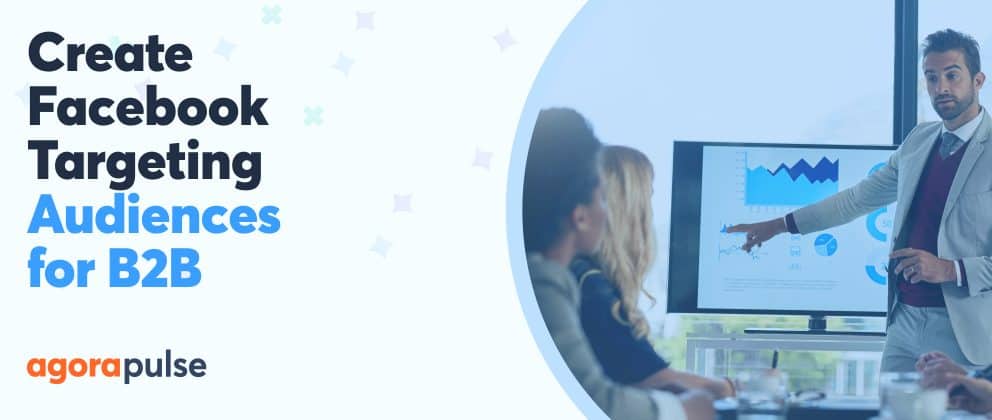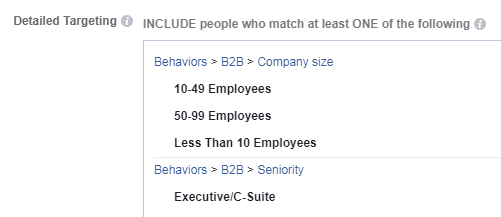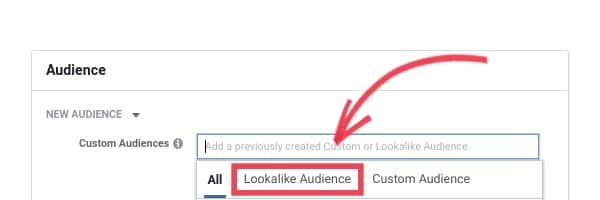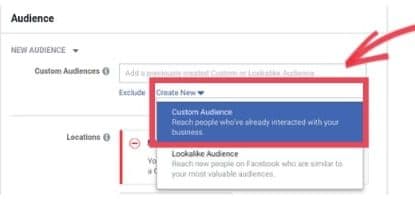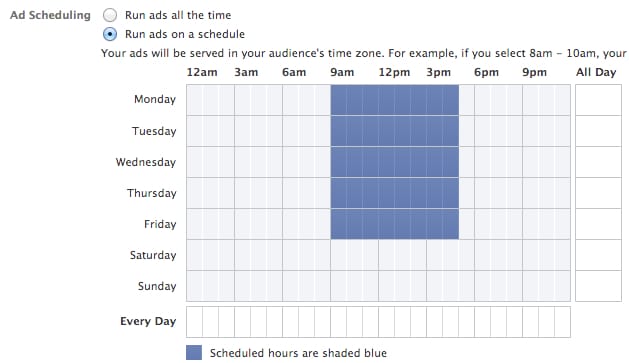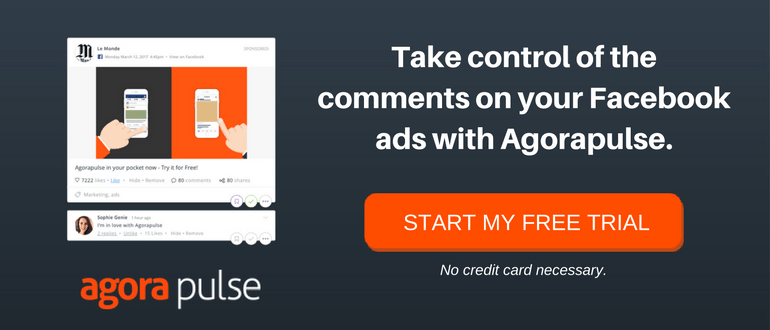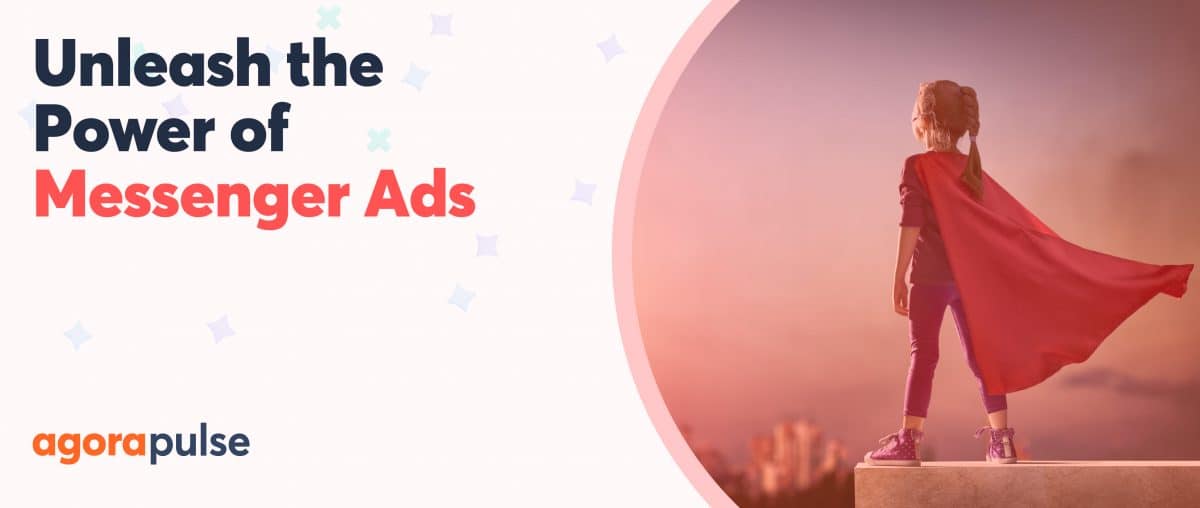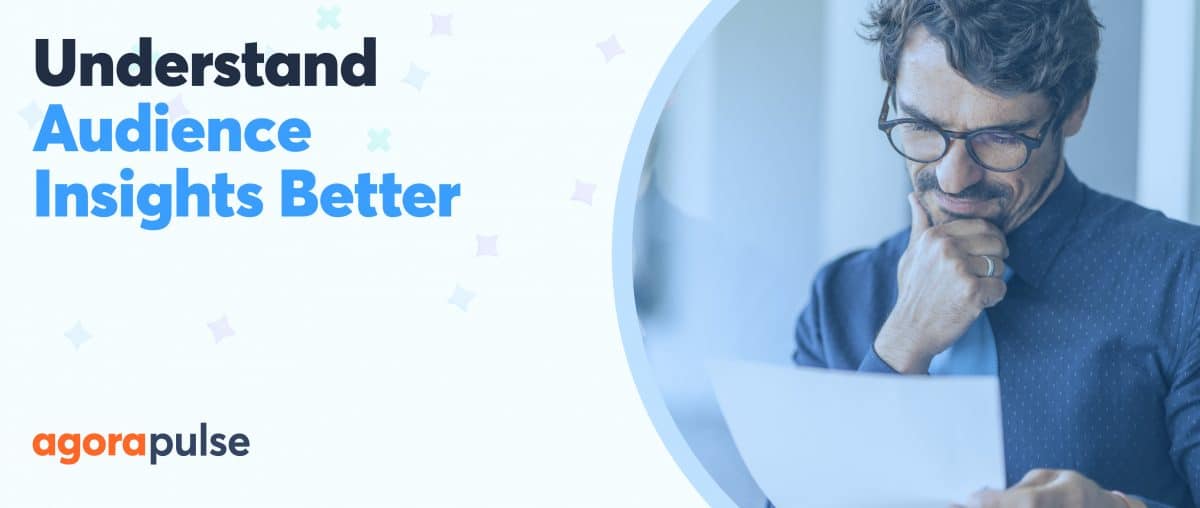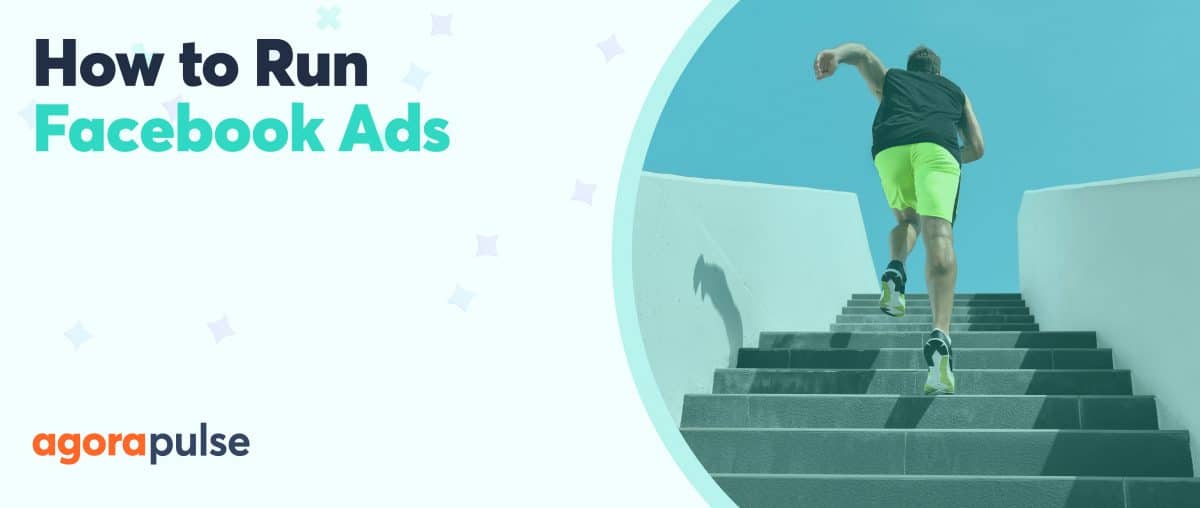Move over, B2C—Facebook is quickly becoming a hugely profitable space for B2B marketers. A whopping 83% of B2B marketers are using social media as a marketing tactic. And 54% of them are reporting lead generation from using social media as a marketing tool.
If you are in the B2B space but don’t target prospects on Facebook (or you do but not well), you most likely miss out on a massive chunk of leads.
The challenge with B2B marketing on Facebook, however, is that new tactics are popping up every day. Marketers are constantly being told to build a specific funnel, have a certain conversion target, add pictures to their ads, and so on. All that can be overwhelming.
So, many people fail to get results because they dive in blindly and try to figure things out as they go along.
If you target prospects on Facebook properly and map out your ads ahead of time, you can separate yourself from everybody else.
Let’s focus on the right way to build a B2B targeted Facebook campaign that builds your bottom line.
Install the Facebook Pixel First
Website visitors are the perfect start for your Facebook targeting audiences campaigns. You already know those visitors are interested in your product because they’ve been on your site. They just might need a little more convincing to become customers.
Installing the Facebook pixel is a must when you’re planning on targeting website visitors. Facebook pixel is “a piece of code for your website that allows lets you measure, optimize, and build audiences for your ad campaigns.” Using Facebook Pixel, you’ll be able to optimize ads for businesses that have visited your website and make them super-targeted. Without Facebook pixel, you’re playing a guessing game.
You can find your Facebook Pixel in your Ads Manager menu.
Building the pixel takes two clicks; Facebook Ads Manager does it for you. Then you can add it to the code of the site you want to track. By doing this, every time someone visits a page (for example, your pricing page), that person will be automatically added to an audience list. That will give you the ability to retarget with an optimized ad campaign in the future.
Multiple parts of Facebook pixel can also be changed to suit whatever campaign you build. For example, you can gear Facebook pixel to track sales conversions when you want to retarget those people who didn’t make a purchase. Or you can set your pixel to track website visitors who failed to click on a call-to-action like an e-book download.
Facebook pixel gives you the information you need to be able to optimize your campaigns around any website action you choose. Just make sure it is set up and works before you start using it on your Facebook targeting audiences.
Now we’ve got that sorted, let’s get converting.
Know the Reason for Your Ads
Many businesses stumble through their targeting and try to figure it out as they go. Targeting is sloppy, especially when deciding what a campaign’s end game is.
You may hastily select objectives that are absolutely useless to your campaign and tempting because you are afraid of missing out. (For example, targeting store visits and catalog sales are almost completely useless for B2B marketers.)
When you eliminate useless objectives from your campaigns, you begin to build a conversion funnel from your targeting.
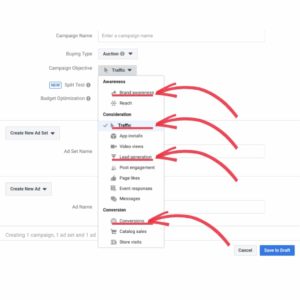
Focus on objectives that will generate leads.
Most marketers will automatically select “Reach” for their awareness objective. However, there’s a major flaw with relying on “Reach” alone. Although Reach campaigns can be great for spreading your message far and wide to unfamiliar prospects, those campaigns can be a large waste of time and effort if you don’t push them hard through remarketing and a lot of content.
Video views also might seem like a great objective, but they aren’t all that useful for B2B marketers. Why? Because measuring the value you get from those views is very hard.
To get conversions and results from your campaign, your targeting should focus on traffic and lead generation instead. You then can see that your targeting actually makes an impact on your bottom line.
Remember, Facebook ad campaigns are built for every business. Make sure you only use the targeting objectives, like lead generation and conversions, that work in the B2B space.
Know Your Facebook Targeting Audiences Well
Though other advertising platforms focus on keywords and whether a customer seeks something out, Facebook targets people based on their overall persona.
Customizing your Facebook ad copy to different buying personas will allow you to target ideal your ideal customers. Basically, it’s targeting people similar to your current buyers.
Don’t just target companies, either. Go deeper and target key individuals—their specific job title, financial status, and even political affiliations.
For example, say one of your core customers look like this: a financial executive who works at a company with 50-99 employees, with business purchasing behavior. You can target all three of those behaviors with one secret weapon: the B2B targeting feature.
Just select whatever aspect fits into your customer persona: company, employee numbers, and what position employed in. Doing so will give your ad the best chance of landing in front of a key decision-maker.
It doubles as a budgeting technique, too. Your ads will only show to people who have the power to make company spending decisions.
You can take this one step further and filter out your prospects directly from comments and interactions with your Facebook ad. A tool like Facebook Ad Management from Agorapulse can track prospects commenting, liking, or sharing any ad material you post. You can automatically see who’s interested in your products—and follow up immediately with them.
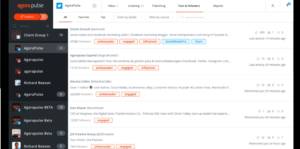
Agorapulse automatically tracks and highlights Facebook profiles who have engaged and interacted with your ad copy
Target Look-alike Audiences
Now you know who visits your website, and you’ve built a persona around them. You know their age, their job role, and where they live.
But what if your customer doesn’t even know they need your product yet. How are you supposed to get their ad in front of them? Facebook has you covered; you can mirror and target look-alike audiences.
This targets the exact same personas of the people who’ve already paid for your product or liked your Facebook page.
By targeting look-alike audiences, Facebook matches up prospects with near-similar demographics, occupations, and seniority to your current customers. Talk about targeted B2B marketing!
Retarget, Retarget, Retarget!
As a B2B marketer, you should be focusing on a select few of the custom audience options Facebook gives you:
Customer file targeting will target email addresses and find prospects from the personas of those email addresses. This is a very useful way to customize your audience when you start.
Remember that Facebook pixel you put on your website? It’s worth its weight in gold when you go to retarget your visitors.
We’ve talked about how to get new prospects. Now don’t forget about the prospects who’ve already checked out your site—but failed to buy. Good Facebook targeting can get that prospect back onto your website and onto your conversion page.
To retarget your site visitors, you need to build a custom audience.
You’ll then get to a different area in your Facebook Ads Manager where you can create your custom audiences:
From here, you can customize your website retargeting by choosing visitors who landed on specific URLs and target only them. This means you can retarget people who visited your pricing page but didn’t actually purchase, for example.
You know they’re interested—they just need a little extra enticing.
Adjust Your Budget to Suit Your Clients’ Day
We know when the best time of the day to send an email to prospects is. Now, make sure you put the same effort into your Facebook ad targeting. Adjust your budget spend for when you know your prospects are using social media.
Take what you know from sources like your website analytics and Facebook post traffic, and use that information to your budget’s advantage.
Do your prospects tend to hunt for products and interact with your brand between 9am-3pm? Then it makes sense to optimize your budget spend around those time pockets—and cut it from others.
Do the Groundwork, Let Facebook Do the Rest
Building a killer B2B targeting campaign on Facebook takes groundwork. But if you do it right, Facebook can take over the hard work for you.
By tracking website visitors and retargeting them in optimized ad copy, you give yourself the best chance of getting those visitors back onto your website to make a purchase. The added ability to hyper-target and even mirror your idea prospects make Facebook ads a no-brainer for your advertising spend.
Why Facebook is becoming a preferred advertising channel for B2B marketers is obvious.
Do the groundwork, and watch your bottom line grow.
